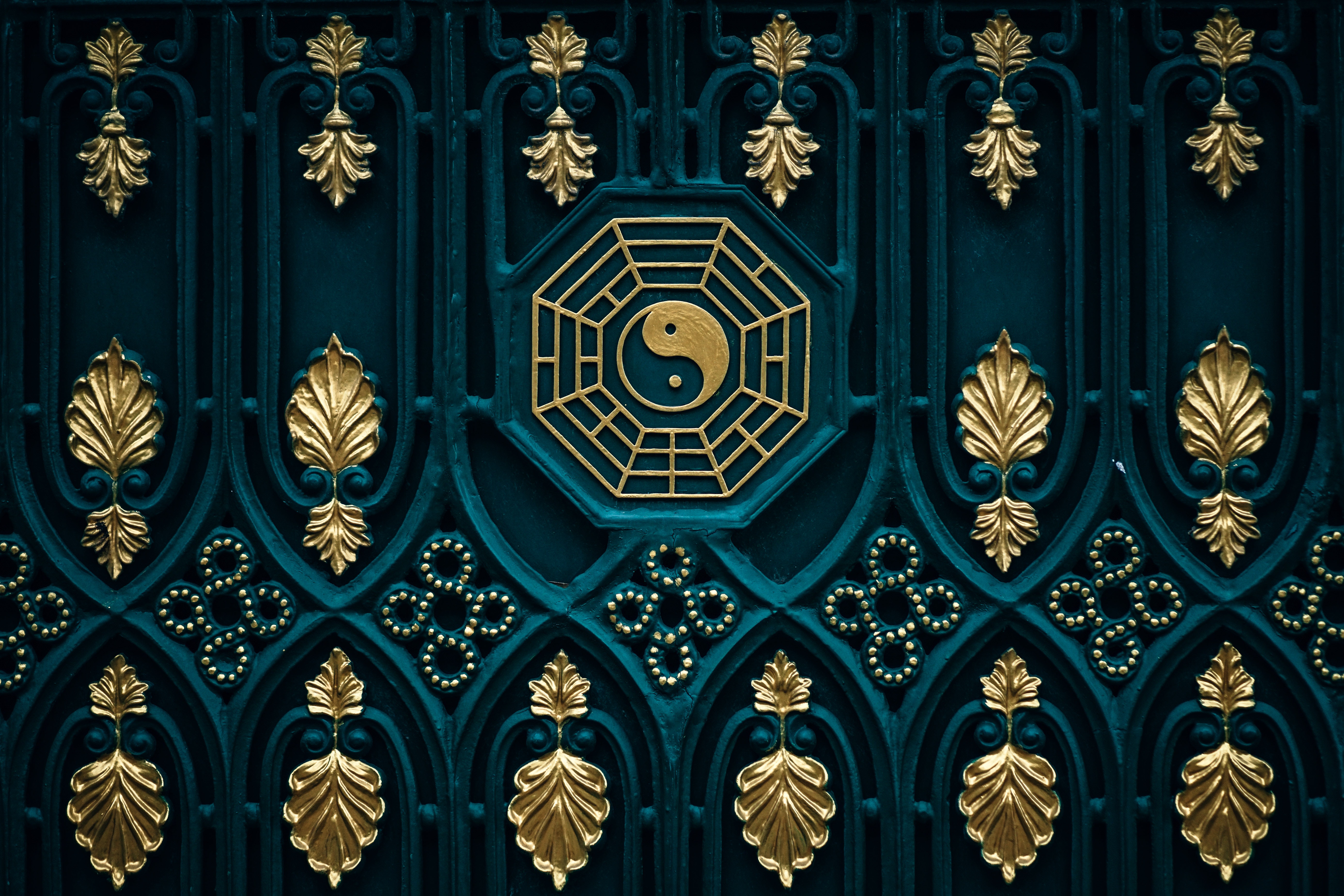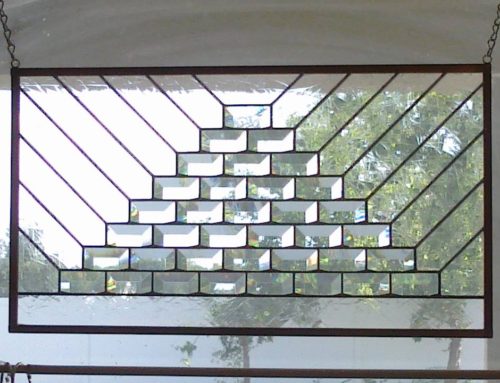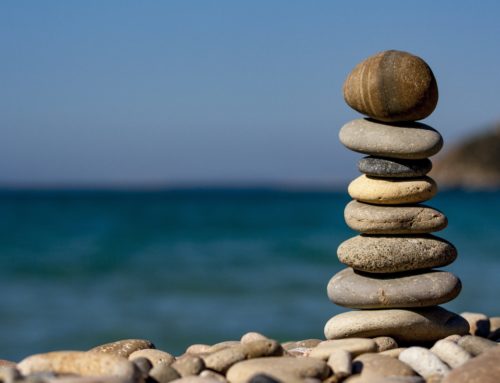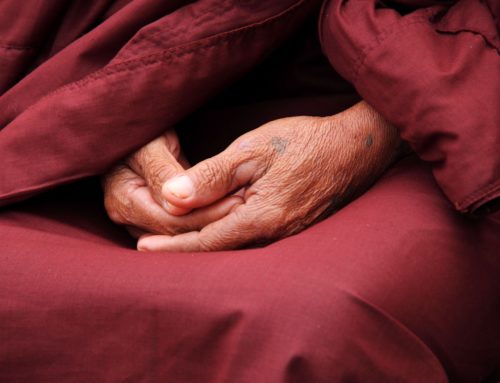The Ancient Chinese Art of Feng Shui
By Debra McGhee
Feng Shui, an ancient Chinese science gaining popularity in America, examines the ulterior motives of architecture, landscape and interior design. The goal is to create a home that puts the dweller in harmony with nature. Feng Shui literally means wind and water. To the ancient Chinese, these natural forces represented physical manifestations of the cosmic energy flow called ch’i. The science of Feng Shui seeks to harness this energy. The ancient Chinese believed that every single thing possessed its own energy and that the energy combined to form the force they refer to as “ch’i.” They believe that directing positive energy through your house, in turn influences your life.
Throughout ancient China, classical Feng Shui was a closely guarded tool to ensure the good health, wealth, and power of the Imperial Dynasties. Feng Shui masters were highly respected meteorologists, astronomers, and other scientists who were charged with sustaining the good fortune and prosperity of the royal court. This knowledge has been passed down from generation to generation through very specific lineages.
A relatively new concept to the Western world, Feng Shui has been practiced for more than five thousand years. It is about finding the balance of ch’i, so that one’s life can benefit from it. When a structure is built in balance with nature and the objects within the structure are properly arranged, the ch’i will flow through it like water, promoting a holistic, balanced environment. Important to the Feng Shui environment is a balance of the five elements: wood, fire, earth, metal and water. Each of these elements has a spectrum of associations including colors, shapes and numbers. Because Feng Shui seeks an essential balance, dominant elements must be neutralized by their respective controlling elements.
Practitioners of Feng Shui depend on the use of astrological birth charts, an elaborate compass and an eight-sided symbol called a bagua, to map out each room and indicate where specific objects should be placed. Using the compass method aligning the bagua to the north of each room and analyzing your astrological chart, the Feng Shui master can determine what is missing in the space and in your life. A Feng Shui analysis examines the surrounding environment, the building, how the people interact with the building and looks at time related factors. Based on these findings, they then make recommendations on how to improve your relationship with your surrounding environment. After implementing these changes, their recommendations can result in improvements in the life of the individuals who occupy the property.
These improvements include areas of prosperity, health benefits and emotional well being. The science comes from the calculations and methodology used in analyzing a property. Feng Shui is not the product of any religious belief system. It is based on a set of calculations and examines the four aspects of Building, Environment, Time and People. Also important is the placement of architectural features like corners and windows. The focus is not on achieving balance of elements through the placement of items, but rather on using the placement of specific items to direct the flow of ch’i through a room. This flow should always be an easy meander. When ch’i flows in a straight line, the force is too strong and it passes by too quickly for anyone to enjoy its harmony. The goal is to direct the flow of ch’i and stop it from leaving too quickly by diverting its path and allowing it to nourish the room as it meanders through.
Another important factor is the impact of color on our psyche and well being. Color affects our moods, which in turn can change everything happening around us. According to Master Lin Yun’s “Guide to Feng Shui,” wearing purple clothing attracts wealth, red is for happiness, strength and fame. Purple, deep red or plum is said to inspire respect. Gold stands for power, wisdom from past experience, tolerance and patience and green is conducive to growth.
Blue has dual meanings, it can be associated with the wood element, symbolizing spring, new growth and hope and it also is a color of mourning for the Chinese. They avoid blue in building projects. Black’s positive side gives feelings of depth, both in mood and perspective. Pink represents love, pure feelings, joy, happiness and romance.
For those unfamiliar with Feng Shui and ch’i, it might be easier to understand if you relate reactions that we’ve all experienced, such as meeting someone and feeling an almost instant kinship. Others may put us off and we avoid socializing with them. The same is true with a building; in some places we feel comfortable, happy and relaxed; in others we feel anxious or gloomy. Some places seem bright and lively while others feel cold and overbearing. These are characteristics of a house’s ch’i.
According to Feng Shui theory, our lives are directly influenced by the places we live and work. Topography, vegetation, water sources, site plan, floor plans, furniture placement, colors, architectural details, street grids, construction practices, even who lived in a house before you, all relate to your lot in life.
Implementing the principles of Feng Shui will bring about many positive changes in an individual’s life. Masters of this science are called in to balance not only existing spaces, but future ones as well. Donald Trump is widely known to seek this wisdom before he builds a hotel or casino to achieve the best possible energy for his site’s future business. Looking at your living space through “Feng Shui” eyes will enable you to get in touch with the feeling of your space and give you an understanding of how to change, add or subtract, or rearrange things to achieve balance.
BIBLIOGRAPHY:
Fletcher, Phoebe, “In The Balance,” Home Living Magazine, Jan/Feb 1998
Shaw, Alex, “The Visionary Scene,” Volume 1, Dallas Edition, Sep. 1997
Vargo, Julie, “True Believers,” The Dallas Morning News, Friday, May 26, 1995
Greene, Mariana, “Good Ch’i…Bad Ch’i,” Spirit, Feb. 1997
Lin, Yun, Rossbach, Sarah,Yun, Lin, “Living Color: Master Lin Yun’s Guide To Feng Shui and the Art of Color.”
American Feng Shui Institute, “What is Feng Shui?” Internet: http://www.168fengshui.com








